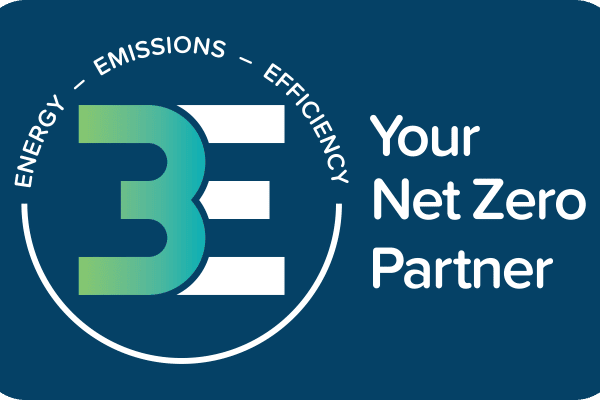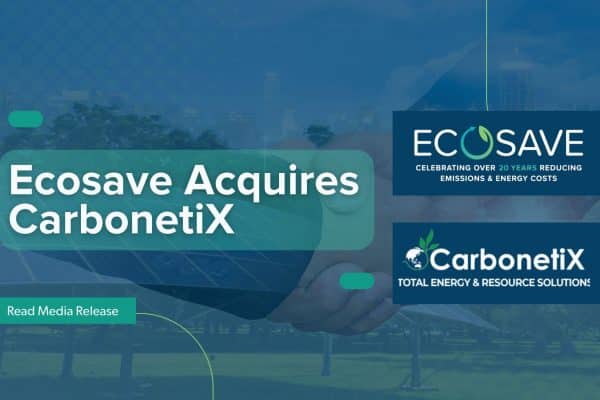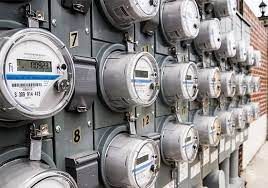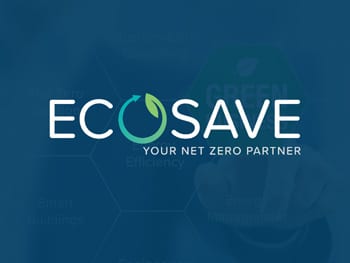Since energy efficiency is considered as the “first fuel”, its growth will help organisations realise their sustainability goals and cost-saving measures. By becoming energy-efficient, organisations don’t need to spend more – even if the demand for energy increases – just seize all available opportunities to adopt energy-conscious business operations.
Organisations need to take sparing a watt seriously as energy efficiency translates to lower utility bills and smoother business operations. The core of sparing a watt to save a lot is energy conservation, which is the practice of using less to save more and save the environment. In addition, energy efficiency projects can be the best investment for any type of organisation seeking to reduce operating costs and their overall carbon footprint.
To help you with your “watt-sparing” and “money-saving” goals, here are some tips for your organisation.
Employee Participation: Essential key in “sparing a watt to save a lot”
An inexpensive and essential key in saving energy, organisations can harness employee participation. Establishing sustainable practices and encouraging employees to adjust their day-to-day behaviours while at work, translates to a higher potential for utility savings and carbon emissions reduction.
Employees also need to understand the importance of sustainability in the workplace. Their “small acts for Nature” will benefit your organisation in more ways than one. How? Wise-spending of energy within the workplace means reduced operating costs.
Sustainable business practices and employee participation may also improve your facility or building’s sustainability ratings, which helps improve your company’s image and brand. It’s also a step in the right direction in changing workplace dynamics for a sustainable, Net Zero future.
Energy Assessments
Organisations with sustainability objectives or Net Zero ambitions will benefit from a comprehensive engineering and energy review of their operations and facilities.
Energy Assessments are a fundamental step along the journey of energy conservation. Why? They are comprehensive reports about your organisation’s energy consumption and opportunities to become more efficient and reduce costs.
Utilise Data and Engineering Design to Pick the Right Equipment
It’s a common mistake that an organisation or facility managers can make: selecting a replacement to upgrade existing equipment without factoring in the potential impact of other energy conservation or optimisation measures on requirements
Data, paired with proper analysis and calculation and sustainable engineering design will ensure that the right equipment is used and installed for maximum efficiency and sustainability outcomes.
Data can also be utilised to drive maintenance activities within a facility. Data-Driven Maintenance or DDM delivers better maintenance outcomes, lowers costs, and improves a facility or building’s energy performance.
Invest in Integrated Energy Conservation & Generation Projects
Rather than focusing on single technology energy conservation/generation measures, it’s highly recommended to consider investing in an integrated holistic approach. An integrated holistic approach involves designing (and implementing) energy efficiency opportunities to reduce baseline energy consumption and then factor that in when designing (implementing) energy generation assets (e.g. Solar PV). Various energy conservation measures are typically combined in a single project with generation measures. This approach will lead to a far higher return on investment (ROI).
These projects may also vary in scope, size and delivery models, depending on your needs. if your organisation has multiple sites, the best way is to partner with a company that can help you implement a Minimal Viable Project at representative sites to demonstrate the feasibility and fine-tune the delivery model for scaled-up roll out across the entire portfolio.
Partnering or outsourcing to a company that specialises in implementing integrated scalable Minimum Viable Project (MVPs ) (e.g. Ecosave), rather than in-house delivery is recommended as they have the proven track record of experience in implementing these types of projects – safely and within the allocated time and budget – while ensuring ROI targets are achieved through a robust savings guarantee.
Leveraging on Energy-as-a-Service to Preserve CAPEX Budget
Budget can be a factor in implementing energy savings measures in any organisation. Energy-as-a-Service (EaaS) is a good avenue to explore to preserve an organisation’s CAPEX budget. EaaS has different delivery and ownership options to deliver maximum benefits. Bottom line: an organisation doesn’t need upfront capital when paying for energy service.
EaaS is a customer-centric business model and flexible enough to fund deployment assets to realise your organisation’s Net Zero goals. It can also integrate energy generation and efficiency solutions to support your sustainability ambitions.
Given the race to conserve our energy resources and keep global temperatures to a steady 1.5 degrees Celsius, sparing a watt is all about energy conservation and promoting sustainability. Considering the tips we shared and taking steps towards an energy-conscious lifestyle, your organisation will reap the long-term benefits of becoming a carbon-independent and profitable, green business.
Ecosave’s holistic approach to energy conservation and savings will help your organisation become more sustainable. Connect with the Net Zero experts to discuss your energy savings needs and sustainability goals – or call 1300 55 77 64.
